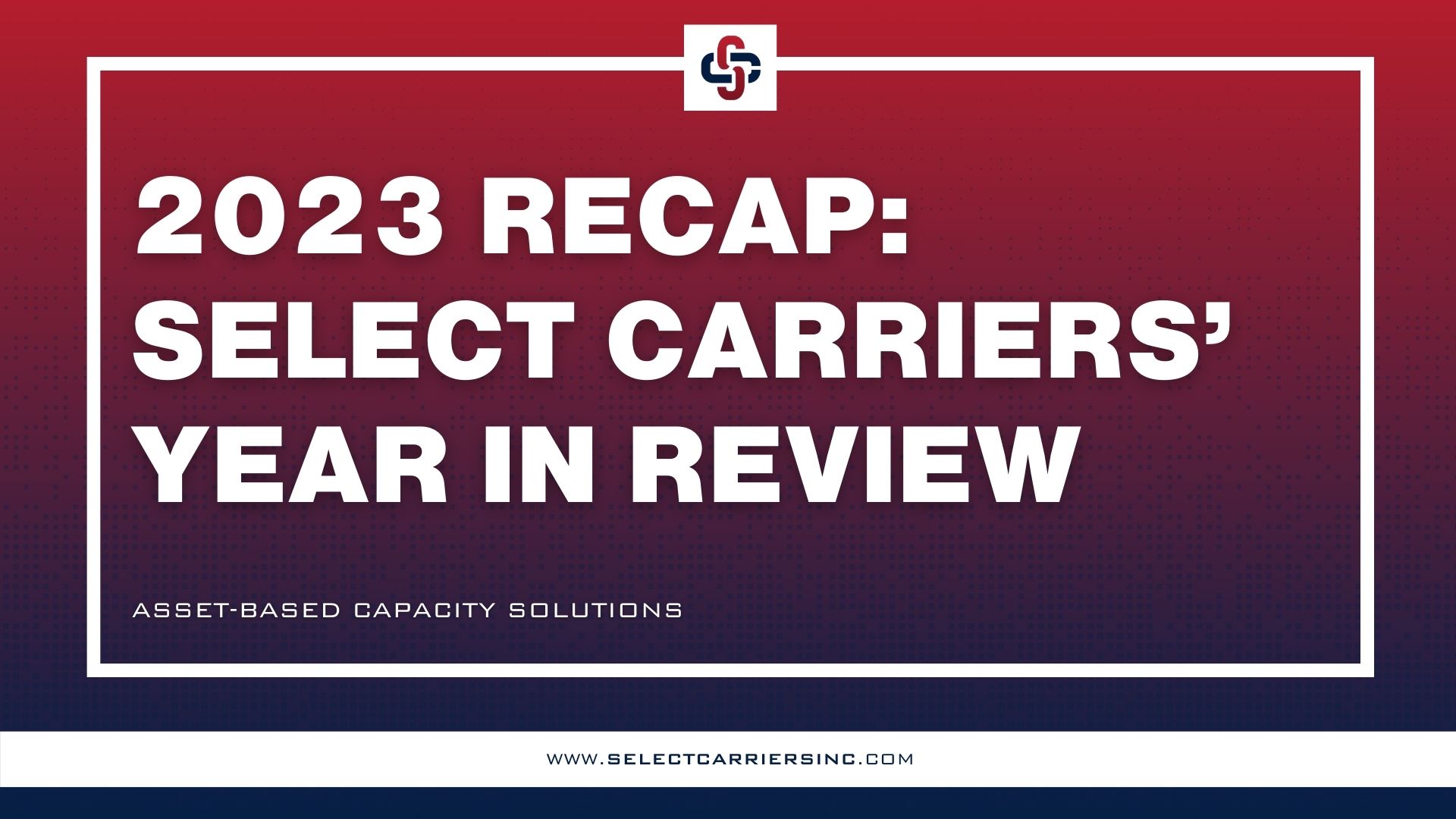
Some parts of this article were extracted from the Supply Chain Dive’s article titled “Shippers should lock in trucking rates soon: experts” by Larry Avila in order to provide context for the blog post published here. To read the full Supply Chain Dive article, click here.
In the evolving landscape of freight and logistics, the signs are becoming clear: we are on the cusp of a shift towards a more balanced market. With a notable decrease in trucking rates at the end of 2023 and an industry preparing for future adjustments, the dialogue among experts and stakeholders emphasizes a strategic pivot.
Carrier executives are increasingly optimistic, anticipating a move towards rate recovery, which suggests a pivotal period ahead for supply chain managers.
Amidst this, the presence of excess capacity and the gradual normalization of inventories signal a market in transition.
Notably, the dialogue isn’t about if the market will shift but when, with industry leaders like Mark Rourke of Schneider National noting the transient nature of current demand and capacity dynamics.
The brokerage segment, reflecting on capacity concerns, points towards an oversaturation that may only recalibrate with a market contraction. This notion is underscored by trends indicating a slow but noticeable exit of trucking companies, suggesting a forthcoming stabilization that may halt the trend of decreasing rates.
Valley Companies’ Jason Mansur and C.H. Robinson’s Ronnie Davis discuss the nuanced realities of market dynamics. While a dramatic spike in rates isn’t universally anticipated, the underlying currents hint at a gentle upward trajectory in freight rates. The discussion isn’t merely about rates but about sustainability and strategic positioning for both shippers and carriers.
A Strategic Approach for Shippers
In this context, the emphasis shifts towards a strategic alignment between shippers and quality asset-based carriers. It’s about investing in relationships that offer not just competitive rates but pricing stability, reliability, and service excellence. As we navigate through the market's ebbs and flows, fostering partnerships based on mutual benefit and strategic foresight becomes paramount.

Freight Segmentation: Not all lanes are equal. Identifying and differentiating lanes based on their strategic value can guide shippers in deciding which freight to direct towards long-term contracts versus the spot market.
Service Evaluation: Maintaining a carrier scorecard to regularly assess service levels can help shippers make informed decisions about their logistics partnerships.
Proactive Planning: Preparing for the market's inevitable turn means shippers should not only budget with foresight but also negotiate to solidify their relationships with carriers, ensuring capacity needs are met without undue reliance on the spot market.
Volume Commitment and Flexibility: Offering carriers dedicated volume and adopting flexible practices can fortify partnerships, making them resilient against market volatility.
As the industry braces for the next capacity crunch, the focus should not solely be on securing lower rates but on building robust partnerships with carriers committed to service and stability. This period presents an opportunity for shippers to reevaluate their logistics strategies, prioritizing partnerships that will shield them from future uncertainties and foster a reliable supply chain ecosystem.
As we look ahead, it’s clear that the path to navigating the impending market shifts lies in strategic collaboration and a deep commitment to quality and reliability.
At Select Carriers, we’re dedicated to guiding our partners through these changes, championing a logistics landscape that values lasting partnerships and strategic foresight.




